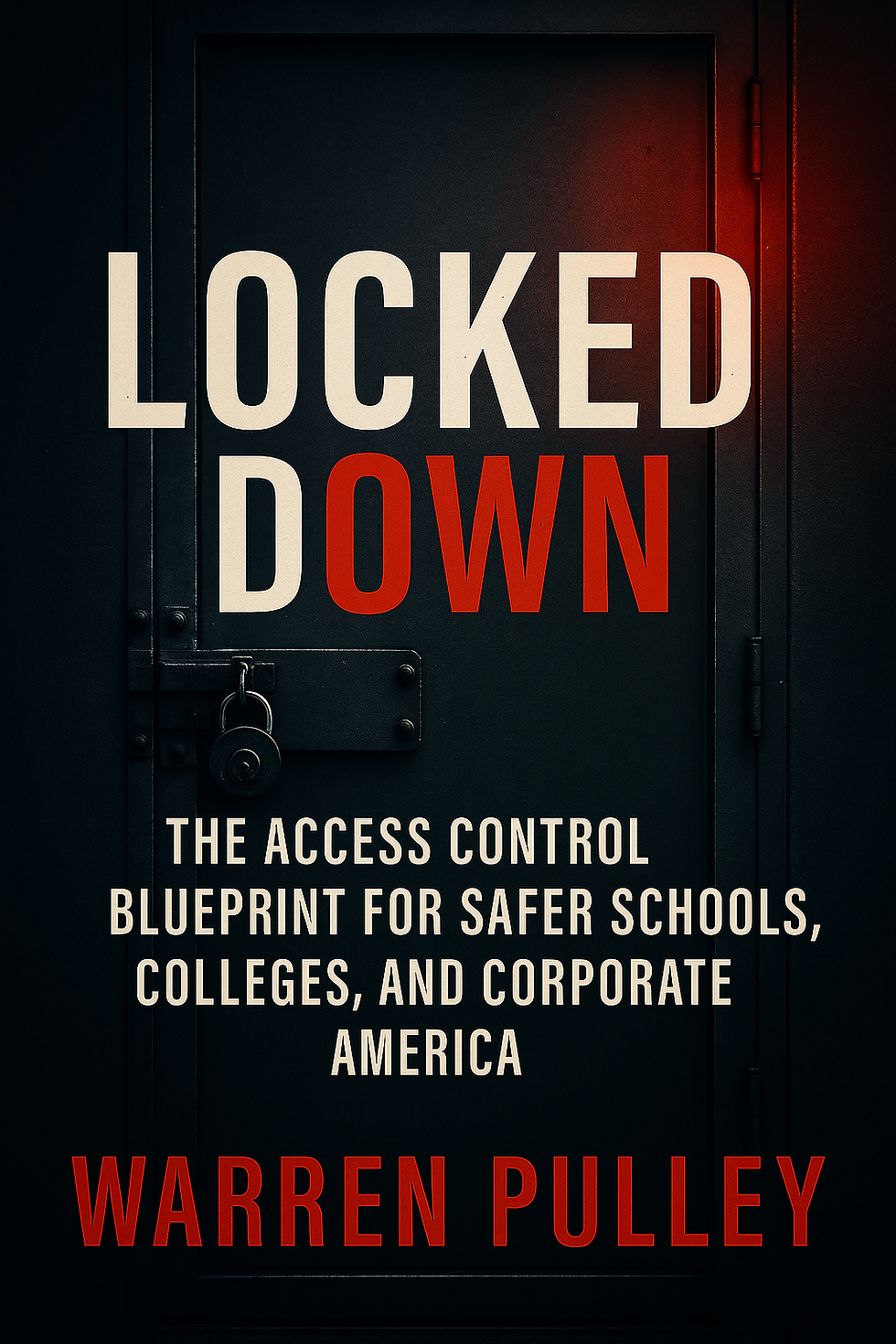What are Examples of Transient vs Substantive Threats in Education Settings?
- CrisisWire

- Sep 25
- 3 min read
Why This Distinction Matters
Schools receive thousands of reported threats each year, from notes scribbled on bathroom stalls to online posts. Most are not serious, but some signal genuine danger. The ability to distinguish between transient threats (short-lived, not serious) and substantive threats (serious, requires intervention) is the backbone of any effective school threat assessment process.
What is a Transient Threat?
A transient threat is one that is not intended to be carried out, often made in the heat of the moment, a joke, or exaggeration.
Example 1: A student angrily says, “I’m gonna kill you if you don’t give me my pencil back!” in class.
Example 2: A doodle in a notebook that says “Boom” without context or target.
Example 3: A social media post saying “Watch out tomorrow lol” later confirmed as a prank.
👉 Key: When investigated, there is no sustained intent, plan, or means to follow through.
What is a Substantive Threat?
A substantive threat is serious, plausible, and may be acted upon. These threats require immediate and thorough intervention.
Example 1: A student states, “I am going to bring my dad’s gun tomorrow and shoot you,” and has access to firearms.
Example 2: A detailed written plan describing an attack with dates, targets, and methods.
Example 3: Multiple students report that a peer has been researching school shootings and expressing admiration for attackers.
👉 Key: Substantive threats show intent, planning, and/or access to weapons.

Case Study: Parkland, Florida
Prior to the 2018 Parkland school shooting, the attacker displayed multiple substantive warning signs: violent social media posts, weapon fascination, explicit threats, and police contacts. Despite these red flags, the threats were not classified properly, resulting in tragedy.
Leader’s Checklist: Spotting Transient vs Substantive Threats
✅ Ask: Was the threat made in anger or as a joke?
✅ Verify: Does the student have access to weapons?
✅ Assess: Has the student shown repeated threatening behavior?
✅ Investigate: Is there evidence of planning (lists, dates, online searches)?
✅ Confirm: What do peers, teachers, and parents say about credibility?
Quick Diagnostic Quiz for School Leaders
Can your staff clearly define transient vs substantive threats? Yes/No
Do you have examples in your training materials? Yes/No
Is there a formal investigation process for every substantive threat? Yes/No
Do you regularly audit past cases to improve classification accuracy? Yes/No
CrisisWire Playbook Insert: 3-Step Threat Triage
Listen → Record the exact words or action.
Classify → Transient (no intent) or Substantive (real risk).
Act → Resolve with support (transient) or activate full intervention (substantive).
Government & Expert Resources
Related Reading from the Book Series
Conclusion
The difference between transient and substantive threats may seem small, but it is often the difference between prevention and tragedy. Schools that train staff to recognize these categories are far more likely to stop violence before it happens.





Comments